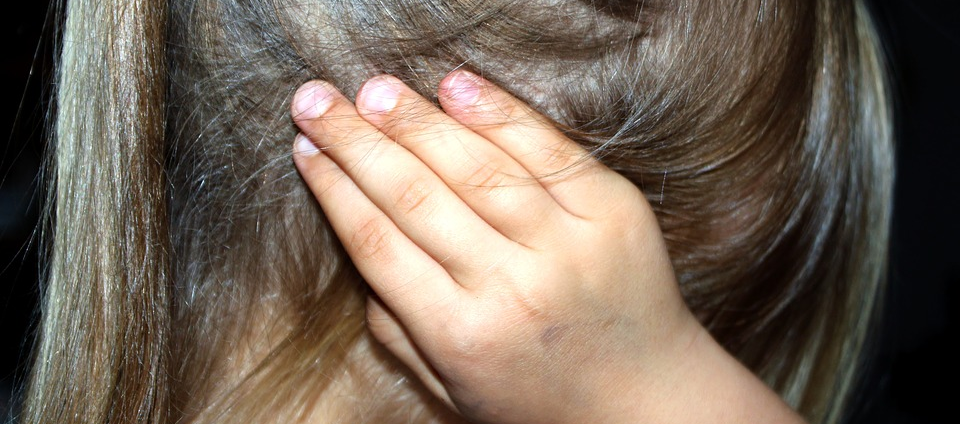Otitis media with effusion or OME is so common in children that almost all kids will have experience middle ear fluid and many will have at least one ear infection by the time that they reach school age.
Acute otitis media is a painful ear infection. This infection develops when the middle ear becomes infected.
The common symptoms of this infection include; crying and fussy behavior in infants, pulling or tugging the ears in toddlers, and complaining about pain in young children. Children may also suffer from sleeplessness, headache, feeling of fullness in the ears, and may have a fever, vomiting, and diarrhea.
It’s diagnosed with the help of an otoscope (an ear instrument) to look inside the child’s ears and detect swelling, redness, blood, pus, fluid accumulation in the middle ear, air bubbles, and occasionally a perforation of the eardrum. The doctor may also perform a tympanometry test in which the air pressure inside the child’s ear is measured in order to determine the presence of middle ear effusion.
One of the reasons for developing acute otitis media is an accumulation of fluid in the space behind the eardrum called the middle ear. When it is normal, the middle ear is filled with air and is separated from the outer ear by the paper-thin eardrum. Inside the middle ear are three tiny ear bones. When sound waves strike the eardrum, it vibrates the bones to transmit the energy to the inner ear. Air enters the middle ear through the eustachian tube which connects the ear to the back of the nose.
90% of the time, fluid accumulation clears up on its own. However, in many cases, chronic otitis media with effusion does not resolve and ear tubes are inserted which allows the middle ear to be aerated. At the time of tube placement, the fluid is removed from behind the eardrum.
A recent scientific study published in Pediatrics suggests that the use of proper vaccinations and higher rates of breastfeeding significantly reduce the chances of ear infections during the baby’s first year because they strengthen the immune system of the infant to enable it to fight against infection-causing bacteria, fungus, and virus.
NEWS ARTICLE
AZFamily.com
GLENDALE, AZ (KPHO/KTVK) –Four-year-old Wyatt Westergard was on his best behavior recently as he headed into a west Valley surgery center for what would be a quick operation to put in ear tubes.
His mother, Lori Westergard, says it’s something doctors have looked at for several years due to ear infections and hearing problems. But the final factor that led doctors to recommend the surgery was something unexpected.
